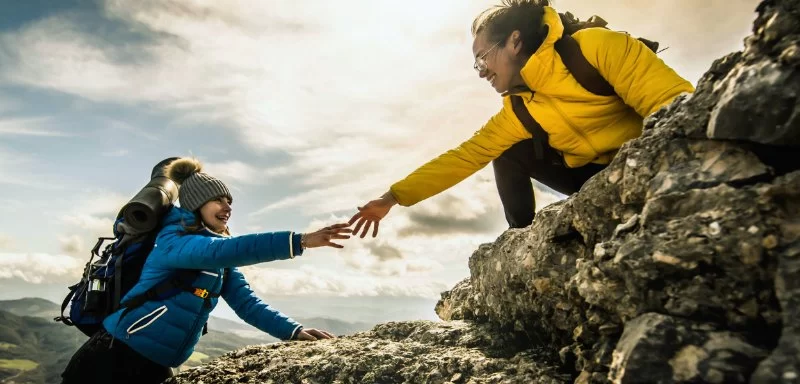- why-outdoor-leadership-inspires-authentic-growth - Why Outdoor Leadership Inspires Authentic Growth
- the-psychology-of-leading-outdoors - The Psychology Behind Outdoor Leadership
- teaching-through-experience-and-challenge - Teaching Through Experience and Challenge
- real-stories-that-prove-its-impact - Real Stories That Prove Its Impact
- developing-future-leaders-in-natural-settings - Developing Future Leaders in Natural Settings
- how-to-start-or-find-a-program - How to Start or Find an Outdoor Leadership Program
1. Why Outdoor Leadership Inspires Authentic Growth
There’s something undeniable about the raw power of nature that humbles even the most seasoned professionals. The benefits of outdoor leadership for inspiring others go beyond team-building exercises or wilderness survival skills—they spark real transformation. When someone steps into a leadership role under the open sky, with wind in their face and unpredictable terrain underfoot, something shifts: authenticity emerges.
Outdoor leadership strips away pretense. You can’t hide behind emails or corporate buzzwords when you're guiding a group across a misty ridge. Instead, the focus is on clear communication, quick thinking, empathy, and courage—traits that define powerful leaders.
2. The Psychology Behind Outdoor Leadership
Research has shown that unfamiliar environments stimulate both neuroplasticity and empathy. Outdoor experiences reduce stress hormones like cortisol while enhancing problem-solving and adaptability. These psychological shifts make it easier for leaders to connect with others, lead by example, and adapt their styles to diverse personalities.
For instance, leadership programs at Pine Cliff Resort often report breakthroughs among participants who had previously struggled with confidence or communication. Being placed in a real-world setting where actions matter creates a mental reset—a “now or never” attitude that propels growth.
3. Teaching Through Experience and Challenge
Unlike classroom leadership training, outdoor leadership is experiential. Instead of role-playing scenarios, you navigate literal and metaphorical obstacles. Whether it’s setting up a tent in a downpour or calming a nervous group during a steep hike, these moments teach resilience and collaboration.
A seasoned outdoor guide might not say much—but the way they pack, plan, and pause to listen often teaches more than a lecture could. These leaders model behaviors that inspire others naturally: patience under pressure, foresight in planning, and respect for all voices.
Many outdoor programs structure their experiences with intentional risk and reflection, using frameworks like the “Challenge by Choice” model to build leadership confidence without forcing uncomfortable exposure.
4. Real Stories That Prove Its Impact
Consider 24-year-old Jordan, a participant in a five-day wilderness retreat hosted by Pine Cliff Resort. Coming in shy and unsure, he left with the respect of his peers after coordinating a riverside camp setup when the original site flooded.
“I didn’t even think of myself as a leader,” he later said. “But when I saw everyone looking to me for direction, I just acted. It changed the way I saw myself.”
Stories like Jordan’s aren’t rare. Outdoor leadership creates lasting confidence by showing individuals what they’re capable of—even when no one is watching.
5. Developing Future Leaders in Natural Settings
Outdoor leadership isn't just about navigating nature—it’s about preparing people to lead ethically, sustainably, and empathetically in all parts of life. For educators, youth mentors, and corporate trainers, this form of leadership offers a tangible, inclusive approach to development.
Programs like those found at Pine Cliff Resort are ideal for school groups, startups, or nonprofit organizations looking to build trust and leadership skills in high-impact ways. The natural world becomes the classroom, and every challenge becomes a lesson.
6. How to Start or Find an Outdoor Leadership Program
Interested in harnessing the benefits of outdoor leadership for inspiring others? Start by researching programs in your region that focus on low-impact, high-involvement group activities. Look for organizations that combine safety training with emotional intelligence development.
If you’re not sure where to begin, Pine Cliff Resort offers curated outdoor experiences designed for individuals, families, and teams. Their leadership retreats are backed by experienced guides and rooted in the belief that nature grows people as much as people grow in nature.
You don’t need to summit a mountain to become a leader. Sometimes, all it takes is being outside long enough to listen to others—and to yourself.







